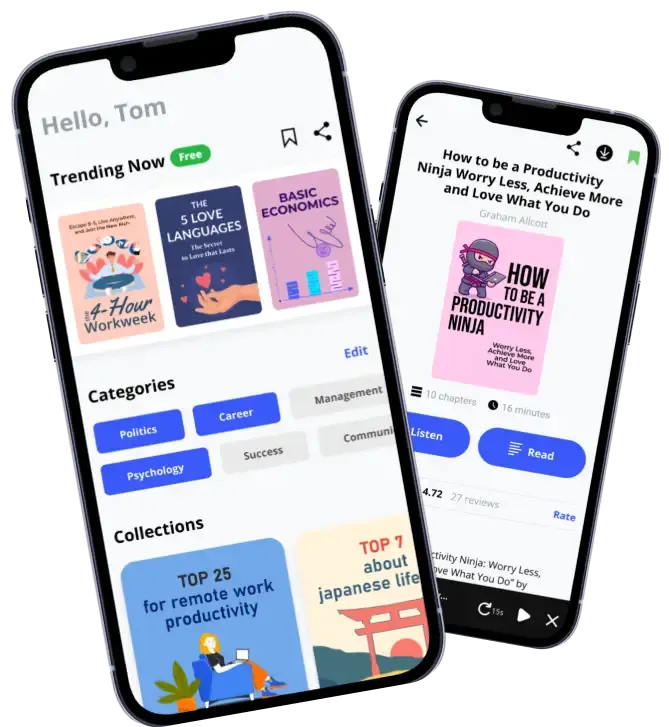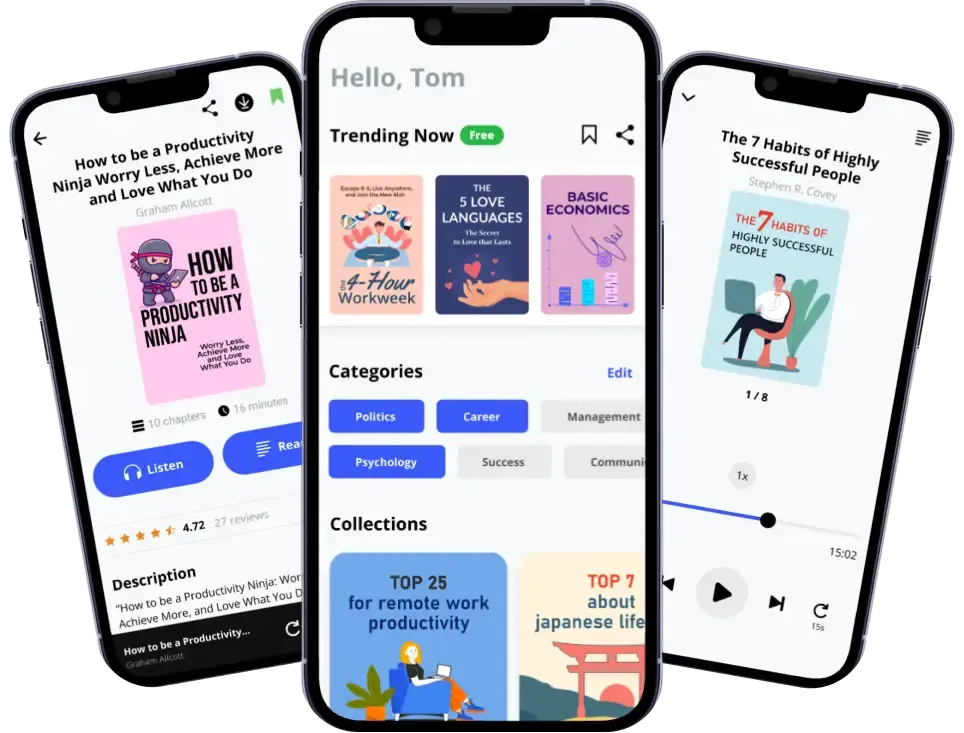The key features of teamwork include autonomy, communication, collaboration, and deliberate positioning of each participant. The effective and productive functioning of a team shapes teamwork as a cohesive whole.
To strengthen the team spirit, utilize team building exercises for work. There are hundreds of team-building activities described on the internet and other sources. Some claim to be not only non-boring but also extremely engaging. However, that's not enough. While fun activities are helpful, the goal of team building is not just to entertain colleagues but to foster teamwork, friendship, and cooperation in the workplace. So, let's explore examples of how to improve work performance and team-building exercises for teams.
1. Quick Fire Questions
Quick questions promote fast, engaging, and often humorous exchanges of ideas among team members. This exercise allows participants to share personal preferences and thoughts in a relaxed atmosphere. The rapid succession of questions maintains high energy levels and encourages active listening. This game for teamwork makes interaction interesting and memorable, creating a relaxed team atmosphere.
For example, choose a topic like sports or food and prepare a list of fun and lighthearted questions. For instance, "What single sauce could you use for spaghetti for the rest of your life?" or "What new sport would you propose to introduce using a chair?" Team members take turns answering the questions quickly, making the atmosphere enjoyable and light-hearted.
2. Memory Wall
The Memory Wall exercise creates a collective tapestry of positive experiences and achievements. It encourages team members to reflect on and celebrate their shared successes and individual contributions. These memories on a common wall visually reinforce the team's collective journey and achievements. It reinforces a sense of pride and belonging.
Attach a large sheet of paper to the wall. Ask each team member to write a positive work memory or achievement on the wall. For example, it could be the team's latest project or praise for a colleague's work. This act of sharing and acknowledging positive moments strengthens interpersonal bonds and boosts team spirit, creating a more cohesive and supportive team culture.

3. Team Charades
Team charades can promote understanding within the team in a few minutes, combining gameplay with work-related knowledge. This exercise encourages non-verbal communication and creative expression. All of this happens as team members interpret and act out industry-specific terms. The challenge of conveying complex ideas without words enhances team members' ability to understand and interact with each other.
Create a list of terms related to work or industry topics. Team members take turns acting out the word without speaking, while others guess. To make this team building activity even more enjoyable, set a time limit or pair up for charades.
4. Speed Networking
Speed Networking involves timed conversations on specific topics that encourage participants to share and absorb information efficiently. The constant change of partners ensures that each team member interacts with as many colleagues as possible. This broadens the understanding of the team's diverse perspectives and experiences. When pairs share something interesting they learned about each other at the end of each round, it promotes active listening and genuine interest in colleagues.
Pair up and have quick two-minute conversations on a specific topic, then switch partners. To make the exercise even more exciting, you can ask each pair to share something fascinating they learned about the other person at the end. This game improves knowledge about each other and boosts memory.
5. Salt and Pepper
The Salt and Pepper game is not about sharing a common lunch preference but one of the games held during corporate events. One-on-one communication helps open up and eliminate the fear of starting a new conversation. Only by listening to colleagues' advice and hints can participants complete the task. This game strengthens trust among colleagues and adds openness to communication.
Come up with items that go in pairs, such as "salt and pepper", "Sonny and Cher", or "peanut butter and jelly." Write one item on each card and tape them to the players' backs. Team members must walk around the room and ask each other questions to determine where their pair is. By asking questions, they must guess what is on their card based on hints.

6. Human Knot
The Human Knot exercise uniquely promotes cohesion and understanding within the team, involving team members in a shared task. This exercise requires close communication, patience, and strategic thinking. It pushes the team toward tight and efficient collaboration. Physical proximity and a common goal break down barriers, strengthen a sense of community, and often lead to a lighthearted atmosphere.
Form a circle, and have each participant hold hands with someone across from them. The goal is to untangle the "human knot" without letting go of hands. This exercise adds fun, humor, and most importantly, connection to any team meeting. To find a solution, team members must listen to each other and respect different perspectives.
7. Pirate’s Treasure
The last exercise develops camaraderie and problem-solving skills. Everyone is a child at heart, regardless of age. The Pirate’s Treasure game will transport you to a childhood filled with fantasies while helping to build a friendly atmosphere within the team. This game strengthens personal connections and creates a dynamic and engaging environment.
Place the "treasure", any item, under a chair and choose one person to be the pirate. The pirate sits on the chair blindfolded and tries to guard the treasure without leaving the chair, while other team members attempt to steal it. If the pirate touches one of the "thieves," they are out of the game.
So, teamwork exercises for adults can indeed be interesting, somewhat childish, and beneficial at the same time. Corporate team building is not about forcing people to work together, but about utilizing diverse skills, perspectives, and personalities. Only by feeling comfortable in a pleasant environment can a person achieve good results and work with pleasure. If you’re looking for advice on how to become a better leader and organize a team effectively, read the summary of Leaders Eat Last.











